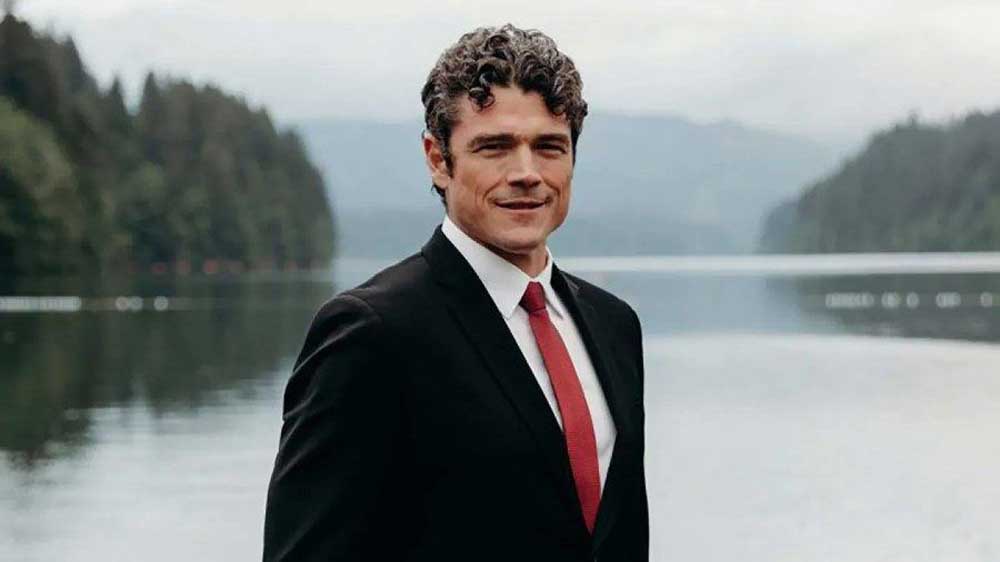My View: Is Portland’s mega water project worth the high cost to Oregon’s natural resources?
Published 2:05 pm Monday, February 17, 2025

- COURTER
Preservation of rural farmland and protection of natural resources are deeply ingrained Oregon’s culture. Although much of the state can be divided on politics, all Oregonians share these values. Our unique land use laws require cities and counties to prioritize our farmland and forests, and the state’s land use framework entrusts local governments to enforce these statewide goals.
Trending
To obtain approval for the city of Portland’s $2.13 billion Bull Run Treatment Project in unincorporated east Multnomah County, the city had to meet eight conditional use criteria, including one that prohibits adverse effects on natural resources and another disallowing significant change to farm or forest practices. A decade ago, the city was aware of the area’s strict land use limitations but proceeded despite obvious legal risk. Notwithstanding the area’s conditions of approval and statewide land use goals, this 96-acre parcel of highly productive farmland — surrounded by farms and forests at the headwaters of Johnson Creek and just 2,000 feet from the Wild and Scenic Sandy River — received county approval for the largest infrastructure project in Portland’s history.
Since 2018, the rural community has consistently opposed the mega-industrial project, arguing that development and operation would inevitably harm the area’s natural resources. In February, the State Land Use Board of Appeals (LUBA) validated these arguments, ruling the county had not done its due diligence and the city failed to properly address natural resource impacts. As a result, the city paused construction, which has been underway since June 2024, and must now complete the necessary environmental assessments.
Yes, you read that correctly. In an unprecedented move, the city eagerly began construction even with a pending appeal and now must stop after spending over $300 million on the project. Prior to breaking ground, baseline conditions were not evaluated, and critical natural resource inventories and surveys were not completed. The city has repeatedly ignored this project’s environmental impact. When applying for a federal loan, the city claimed the project would have “no significant impact” on the environment. However, review of the federal loan application materials reveals gross misrepresentation of site conditions and omission of relevant information about protected species. The EPA fast-tracked the city’s application through the WIFIA program and bypassed the completion of an Environmental Impact Statement (EIS) as required under the National Environmental Policy Act (NEPA). Now the city has $1 billion worth of federal loans to help complete the project.
Trending
A formal EIS is warranted since the proposed site sits at the headwaters of Johnson Creek, home to steelhead, cutthroat trout, coho salmon, chinook salmon, and freshwater mussels. Amphibians such as red-legged frogs and salamanders nestle in the riparian area. The rural cedar and fir forests teem with wildlife including megafauna such as deer, elk, cougar, bobcats, bears and coyotes. Eagles, hawks and owls perch in the trees, using the open farmland, forests and Sandy River basin as their hunting grounds. The site also sits on a massive groundwater aquifer just 30-feet below, feeding nearby creeks and spills out through seeps and lava tubes into the Sandy River Canyon.
The controversy surrounding the city’s plan to treat for cryptosporidium is attributed to soaring costs associated with method choice and off-conduit site selection. However, Portlanders have largely ignored how this will increase their already high water bills. Given the value Oregonians place on protecting the state’s land and natural resources, my hope is that Portlanders will pay attention to the environmental cost of this project. Oregon’s natural resources are worth fighting for and the city needs to be held accountable for the irreparable damage that has occurred and what will happen if allowed to continue.
Oregonians place on protecting the state’s land and natural resources, my hope is that Portlanders will pay attention to the environmental cost of this project.







